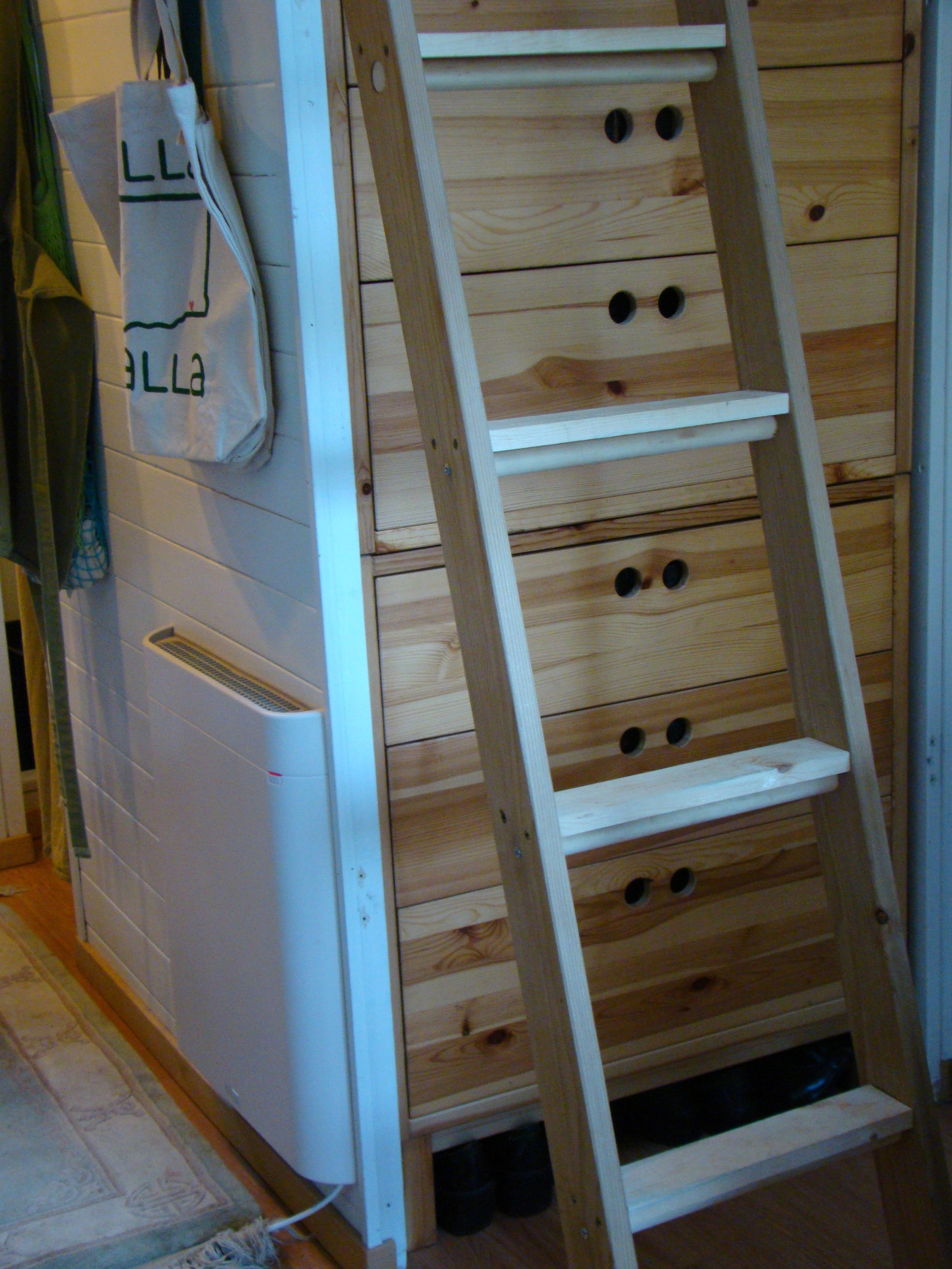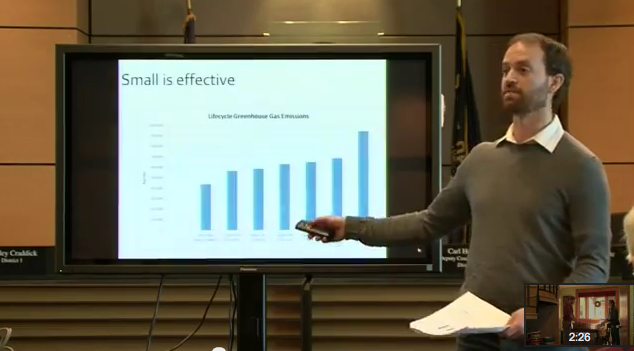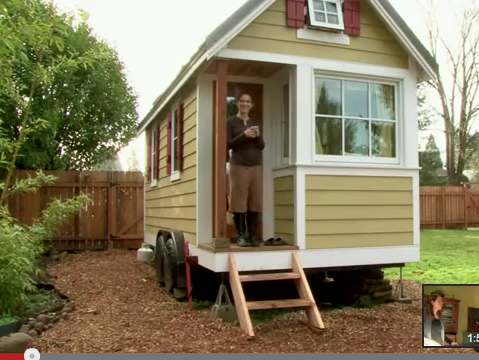 Ever since I arrived in Portland I've been scouting Craigslist for a small used road bike. And when I say small, I do mean small. I'm just barely 5'1" so it's hard for me to find a bike small enough for me. Fortunately, my friend Sarah is obsessed with scouting Craigslist for used bikes so she was determined to find me one that was being passed on by a pre-teen. I was delighted when she sent me a link for one that I'd already found that morning: a vintage Peugeot with a 47cm frame and 540 wheels.
Ever since I arrived in Portland I've been scouting Craigslist for a small used road bike. And when I say small, I do mean small. I'm just barely 5'1" so it's hard for me to find a bike small enough for me. Fortunately, my friend Sarah is obsessed with scouting Craigslist for used bikes so she was determined to find me one that was being passed on by a pre-teen. I was delighted when she sent me a link for one that I'd already found that morning: a vintage Peugeot with a 47cm frame and 540 wheels.
When I called the guy he told me it was a bike he'd fixed up for his 11 year old to do some bike touring with the family. But she's 13 and has grown out of it now. It sounded perfect. I told him I'd like to take a look. "Yeah, you'll have to come ride it," he told me. "Lots of people have been interested but it's too small for everyone who has tried it." Hmm. I thought. Sounds like Cinderella's bike.
So I took the bus on down to Southeast with my helmet, bike lock, and lights. I'll admit, it was love at first sight. I had a pretty good sense that if I got a chance to see it in real life I'd be riding this bike home.
"She's tiny!" I said, when I saw it. "You're tiny!" he countered. It was just scuffed up enough that I figured no one would be itching to steal her. But it rode nicely, so I paid the guy in cash and headed off on my new bike, marveling at how suddenly Google map's bike timeframes became more realistic. Even though my "new" road bike is probably twice as old as my 15-year-old mountain bike, it feels positively zippy in comparison.
I took it to the bike shop at REI for a quick once over. The guy said, "Well, I wouldn't have advised you to buy this bike. It's a European bike so replacing parts will be a nightmare. I'm going to suggest that you don't put a dime into it. Just ride it into the ground and buy yourself a new bike as soon as you can." I explained that I'm a grad student so a new bike isn't in my budget and I'm hoping this bike will serve my needs for the next couple of years. "Just out of curiosity though, what would it cost to get me on a new road bike?" I asked. We explored the options and figured out that short of buying a kids mountain bike and swapping out all the parts to make it a commuter, my best option was a $1200 road bike that he was pretty sure he could special order in my size. All of the sudden $120 was sounding like a pretty good deal, even if she was a little rough around the edges. Character, right?
I didn't end up riding my bike home from my friend's house where I made dinner tonight because I'd like to pump up the tires first, but it was easier putting it onto the bike rack on the bus, so I'm already pleased with my improved commute!
 I have a few days between visiting family and my internship starting up again so I've been hanging out with friends and finding ways to simplify my life as I head into a new year. Mostly it's involved my new Kindle and a few well-placed metal hooks.
I have a few days between visiting family and my internship starting up again so I've been hanging out with friends and finding ways to simplify my life as I head into a new year. Mostly it's involved my new Kindle and a few well-placed metal hooks.




 Last fall I designed my tiny dream house in a workshop called
Last fall I designed my tiny dream house in a workshop called 







 I've started a paid internship with a planning organization so my schedule is very full these days. It makes me really appreciate the tiny house when I'm able to be home. I love sitting in the window seat reading for classes with my cat on my lap, cooking hearty food in the little kitchen, or sleeping in the snug loft.
I've started a paid internship with a planning organization so my schedule is very full these days. It makes me really appreciate the tiny house when I'm able to be home. I love sitting in the window seat reading for classes with my cat on my lap, cooking hearty food in the little kitchen, or sleeping in the snug loft.

